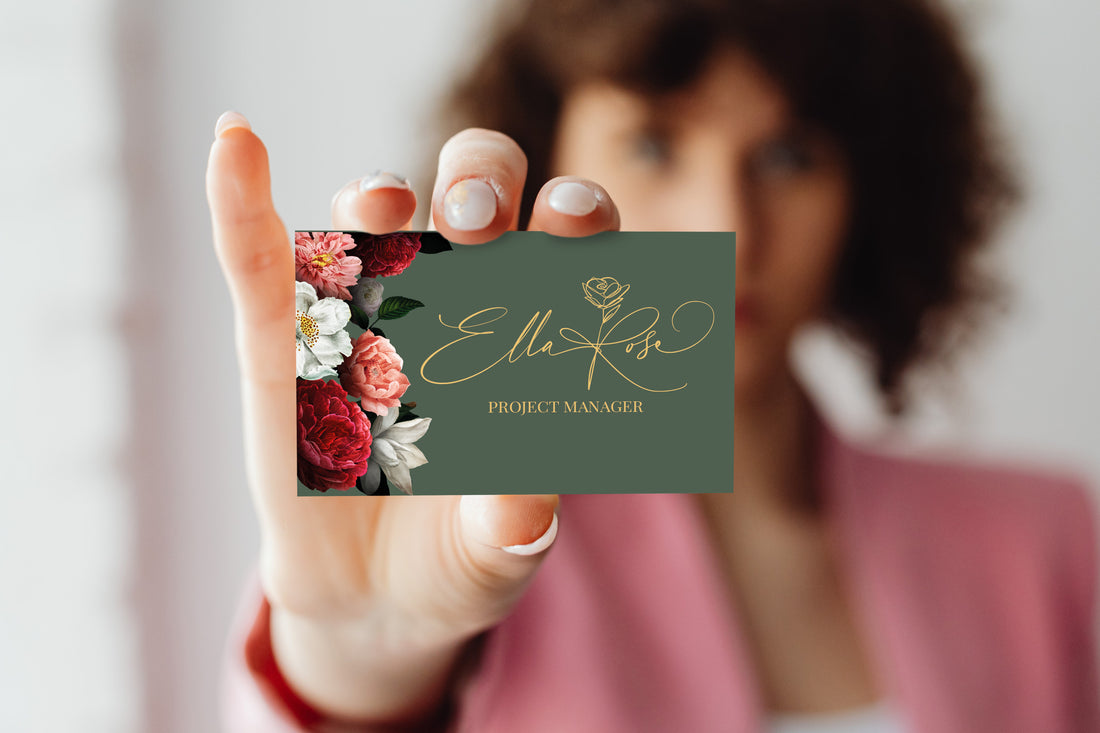In the fast-paced world of business, making a lasting impression is crucial. When it comes to networking and leaving a tangible mark, nothing beats the timeless charm of a well-designed business card. In this article, we delve into the art and science of creating business cards that Mnweekly.com not only represent your brand but also leave a lasting impact on potential clients and partners.
The Power of a First Impression
Your business card is often the first physical representation of your brand that a prospective client or collaborator receives. In an era dominated by digital interactions, the tangible nature of a business card can be a game-changer. It’s not just a piece of paper; it’s your brand in a nutshell.
Key Elements of an Effective Business Card
1. Simplicity is Key
A cluttered business card can overwhelm and confuse the recipient. Aim for simplicity in design, focusing on the essentials: your logo, name, contact information, and a concise tagline if applicable.
2. Quality Materials Matter
Invest in high-quality materials for your business cards. A well-crafted, sturdy card reflects positively on your brand’s commitment to excellence. Consider using premium paper stock and finishes to make your card stand out.
3. Consistent Branding
Ensure that your business card aligns with your overall branding strategy. Consistency in colors, fonts, and messaging reinforces brand recognition and leaves a professional impression.
4. Incorporate Visual Appeal
Add a visual element that captures attention. Whether it’s a unique logo, a striking color scheme, or an engaging illustration, a visually appealing card is more likely to be remembered.
Design Trends to Consider
1. Minimalism with a Twist
Minimalistic designs continue to trend, but consider adding a unique twist. Perhaps a pop of color, an unconventional shape, or a subtle texture can elevate your card and make it memorable.
2. Interactive Elements
Incorporate interactive elements like QR codes that lead to your website or a personalized video message. This not only adds a modern touch but also engages the recipient on a deeper level.
3. Typography Mastery
Experiment with typography to create a card that is both readable and aesthetically pleasing. Play with font sizes, styles, and arrangements to find a combination that reflects your brand’s personality.
The Importance of SEO in Business Card Design
In the digital age, optimizing your business card for search engines is as essential as an online presence. Ensure that your card includes relevant keywords related to your industry and expertise. This not only aids in online discoverability but also establishes a connection between your physical and digital brand identity.
Conclusion
Crafting the perfect business card is an art that combines creativity, strategy, and attention to detail. In a world inundated with digital interactions, a well-designed business card can be a powerful tool for making a lasting impression. By following the key elements and design trends mentioned, you’ll not only create a visually appealing card but also leave a lasting impact on those you encounter in the professional sphere.
Remember, your business card is more than just contact information; it’s a representation of your brand’s identity. Make it count.






